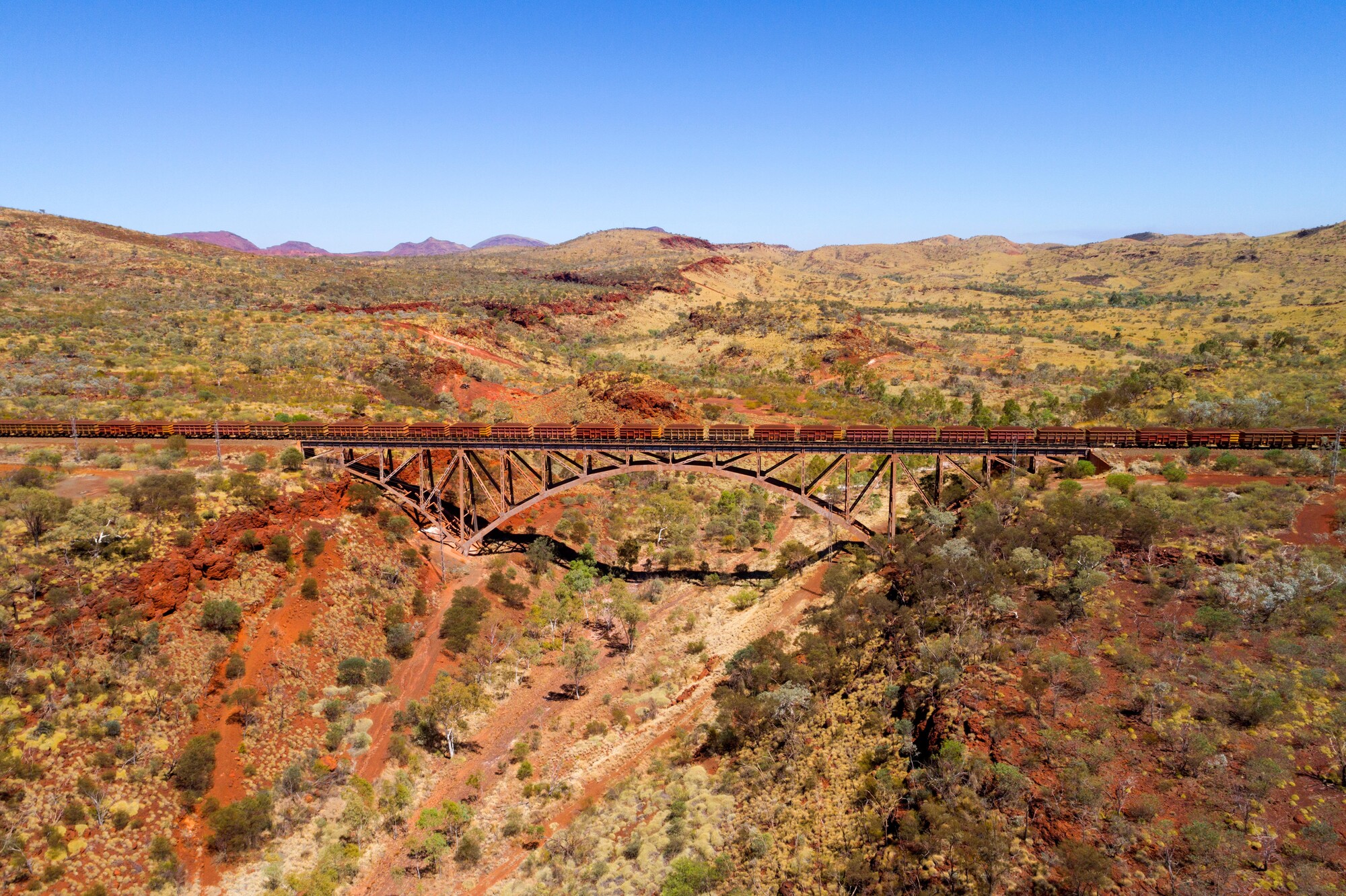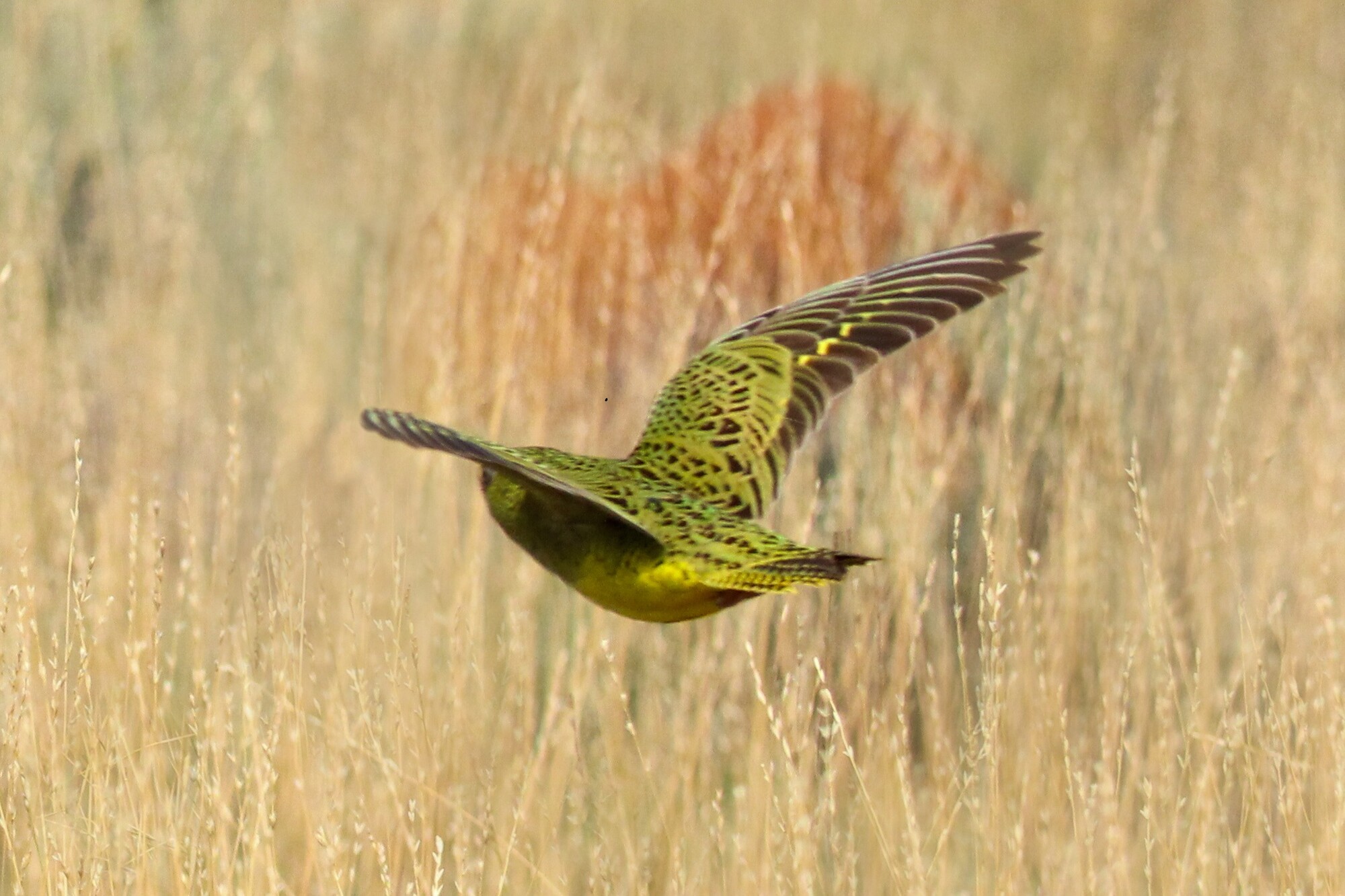News & Media
Read news, media releases and other updates from us.
Read the Report
Read our report The Enduring Pilbara: A conservation vision for a land rich in nature, culture and resources.
Get in touch
Contact us to find out more.
An ancient landscape
The Pilbara is one of Australia’s truly iconic places. It is also one of its harshest landscapes. It’s a place where ancient stories scribed on red rocks have survived thousands of years of scorching hot days, freezing cold nights and unforgiving cyclones.
At roughly the size of Spain, the Pilbara’s ancient landscape of red dirt and towering rocks has been home to Aboriginal people for more than 50,000 years – one of the world’s longest continuing cultures.
Even the land itself is impossibly ancient. The Pilbara sits on what’s believed to be one of the oldest pieces of the Earth’s crust, at 3.6 billion years old.
A rich natural heritage
The Pilbara is well-known for its mineral riches. But its natural riches are still revealing themselves to us, with new species being discovered regularly.
The Pilbara is home to at least 4,000 species of plant and animal, many of which are found nowhere else on Earth.
The Pilbara is recognised as a global hotspot for subterranean fauna, with perhaps only a tiny fraction of the species living in these dark caves and aquifers currently known to us.
An economic powerhouse
The Pilbara’s ancient landscape has produced riches for modern generations, too.
The region has one of the world’s most lucrative iron ore mining operations, which – alongside its strong pastoral tradition – remains a key economic driver not only for Western Australia, but the rest of the country.
In fact, mining and related construction in the Pilbara generates more revenue here than the entire economies of two-thirds of the world’s countries.
The Pilbara today
Australia’s hottest and most cyclone-prone region, the Pilbara’s rugged landscape is host to a wealth of plant and animal species, many of which can be found nowhere else on Earth.
For generations, the Pilbara’s landscape was kept relatively intact under the stewardship of Traditional Owners.
However, invasive plants and animals, overgrazing, changes in fire habits, habitat destruction, and changes to water flows are all impacting the region and threatening to cause irreparable damage to the landscape.
Building strong partnerships
traditional owners
Traditional Owners in the Pilbara are currently at different stages of readiness to undertake large-scale land management – several have established ranger programs in place, others have just begun ranger programs and some have just started their planning.
By working together, Traditional Owner groups can learn from each other’s experiences in building successful ranger programs that deliver results on country and for Aboriginal people.
pastoral land
The involvement of pastoralists in the Pilbara are vital to a vibrant conservation economy. The pastoral estate has very high cultural and conservation values and many pastoralists do not use the full extent of their lease for livestock, particularly on leases with ranges, gorges and hilly areas.
crown lands
Government-managed lands, two-thirds of which are native title lands, offer major opportunities for partnerships with Traditional Owners to implement cultural and conservation land management through formal partnerships, including but not limited to joint management arrangements.
mining leases
Effective co-management between mining companies and Traditional Owners would help repair and strengthen relationships that are necessary to maintain a social licence to operate.
It would provide business opportunities for Traditional Owners while reducing the costs of essential environmental management, monitoring and rehabilitation services for mining companies. Under such arrangements, a Juukan Gorge disaster is far less likely to occur.
A vision for a new Pilbara
Our vision for the Pilbara is that by 2031, the region will be the world-leading example of conservation land management delivered through partnerships between Traditional Owners, industry, government, and community.
This will provide employment options that align with culture, aspiration, skill and native title rights and allow all Aboriginal people a greater share in the prosperity of their ancestral lands. It will diversify the Pilbara economy, generate new jobs and increase local prosperity, while reversing environmental decline and sustaining traditional cultures. It will allow mining companies to play a role in sustaining the landscape for the future.
To achieve this, $51 million a year is needed for managing fire, weeds and invasive animals across the Pilbara and an additional $17 million for support roles and other costs. This investment would support an estimated 560 local jobs, such as rangers, coordinators, administrative and research roles.
We can protect the natural and cultural riches of Pilbara and create a more resilient economy that does not rely on the mining industry alone.
Read the full Enduring Pilbara Report
News & Updates

WA’s Pilbara region has potential for world-leading conservation partnership: new report
A new report is calling for a $68-million-a-year investment in a world-leading conservation partnership to boost conservation outcomes across Australia’s largest[…]

The Pilbara is special to each of us
The Enduring Pilbara report, an initiative of Partnership for the Outback, brings together sound scholarship and ground-truthed awareness of local challenges[…]

The Night Parrot
Cryptic, enigmatic and elusive – the night parrot is one of Australia’s rarest and most sought-after birds. A 2005 sighting near[…]